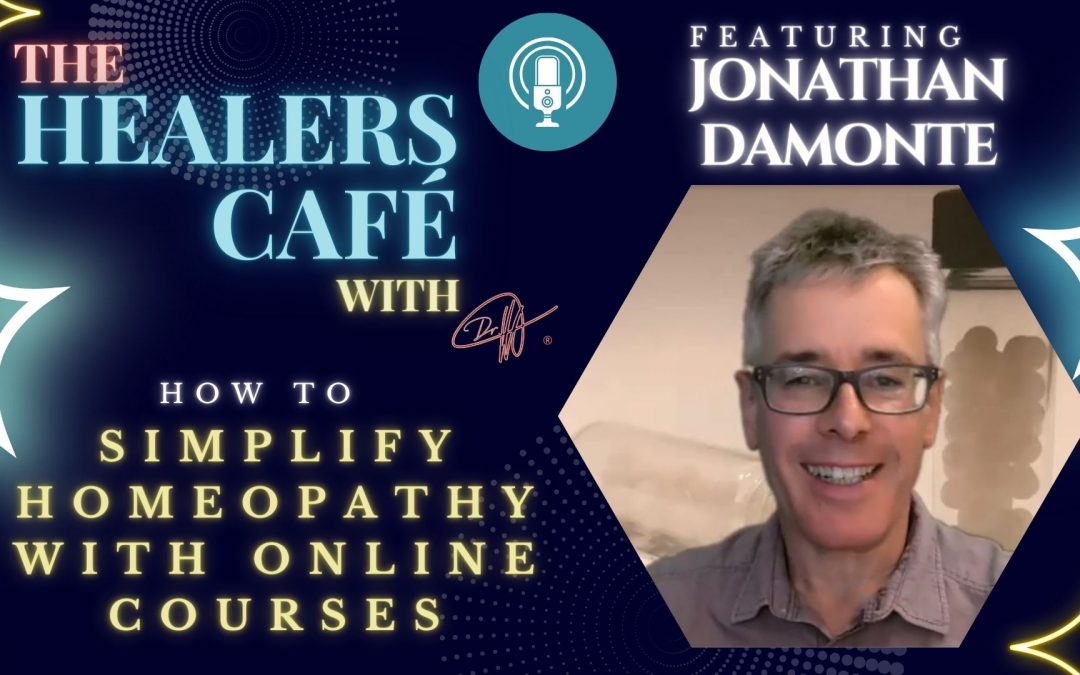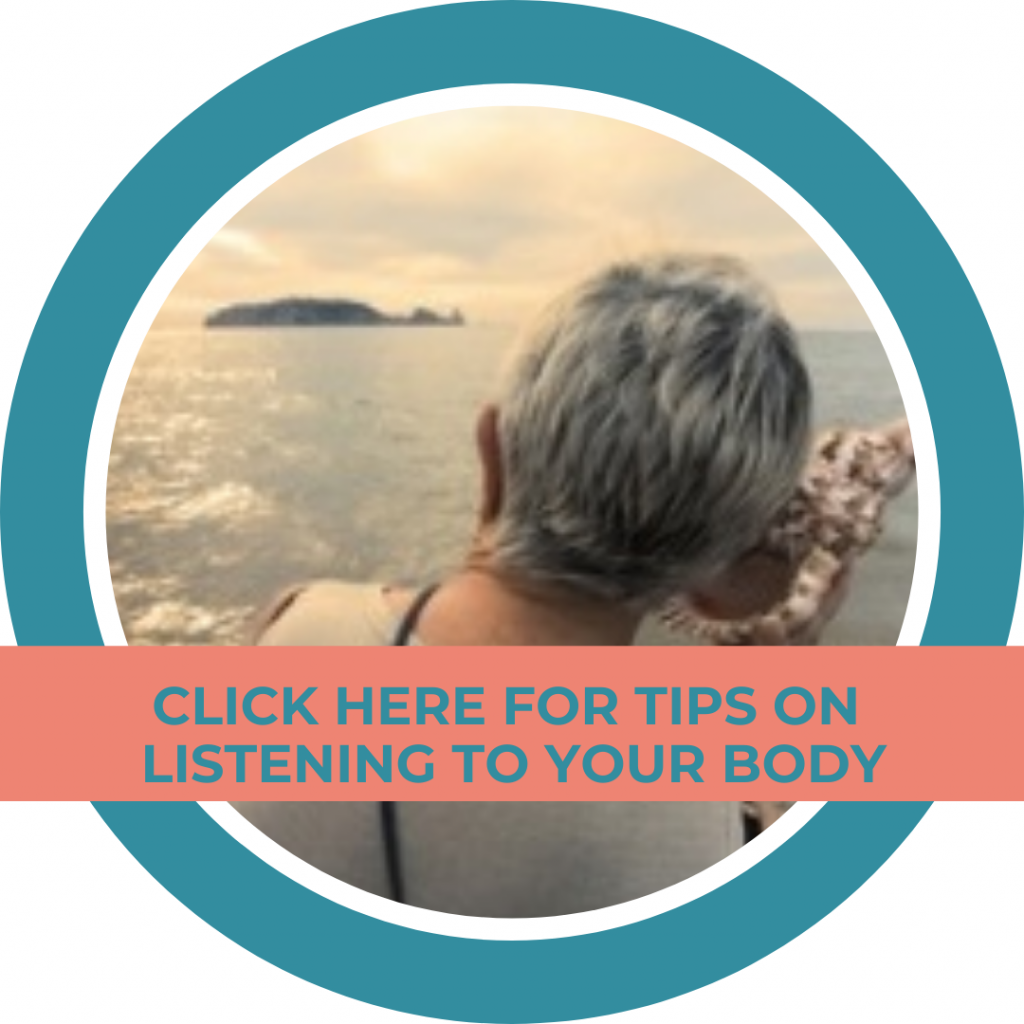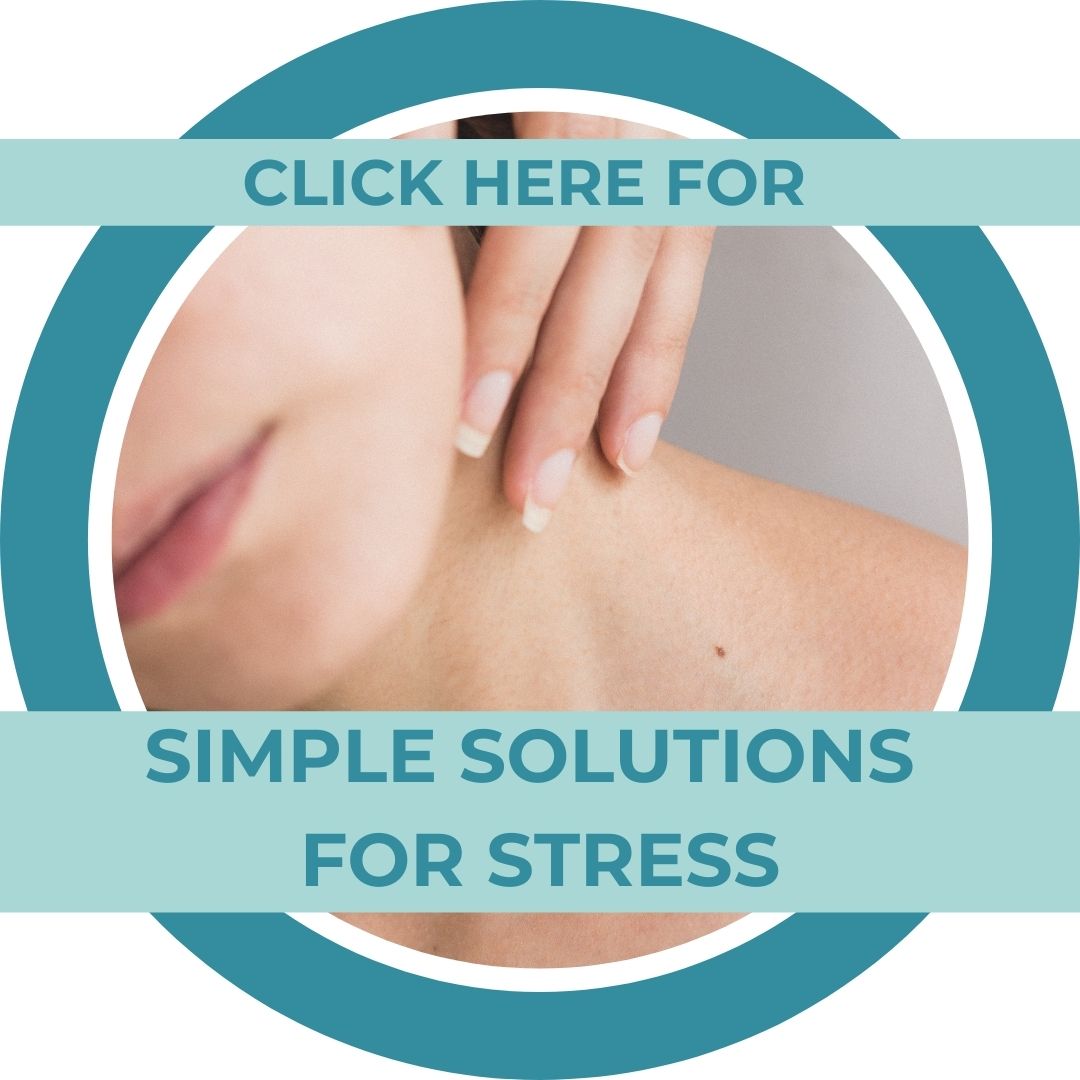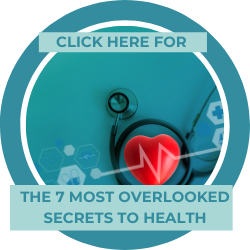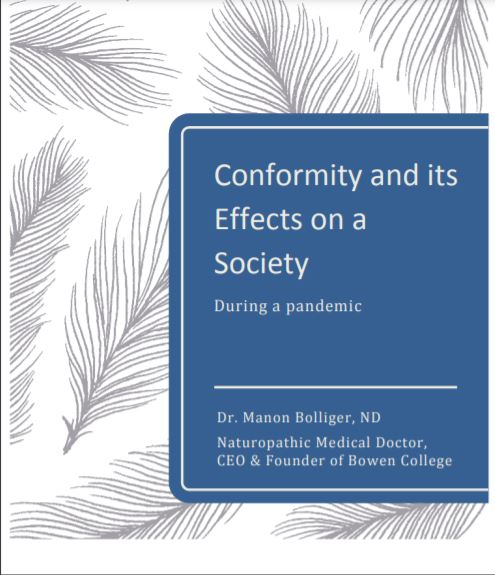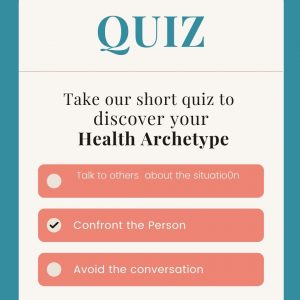How To Simplify Homeopathy With Online Courses with Jonathan Damonte on The Healers Café with Manon Bolliger
Highlights from today’s episode include:
Jonathan Damonte
what we gain from learning about the fact that remedies have different or opposite symptoms, is that they can have different grades in those symptoms. And so, the grade is a four out of possible five, for thirst. And yet, in the opposite symptom, it’s a lower grade only, or one. So, the argument is much stronger for this remedy, because it has a higher grade.
Jonathan Damonte 16:01
So, we have all these different aspects of the symptoms. And these are all excellent and reliable symptoms. In fact, the highlighted ones are especially reliable. So, it makes your job in terms of determining what is the useful symptom for prescribing so simple.
– – – – –
Jonathan Damonte
Well, I mean, if I was a massage therapist, or chiropractor, or cranial sacral practitioner, I absolutely want to add homeopathy, because as you say, that emotional component that we are stuck in, physiologically is so easily worked through when you add homeopathy.
ABOUT JONATHAN DAMONTE:
Firstly, a Homeopath and then a Bowen Therapist, two modalities of alternative medicine. I have been in practice sine 1997 first as Classical Homeopath and from 2001 as a Bowen Therapist as well.
Born in London, England where he lived before moving to Toronto, Canada at the age of 18. Jonathan’s father, John Damonte was a Homeopath and respected teacher based in London. He taught many Homeopaths from 1962 till his death in 1975. Several of his students established schools of Homeopathy and he along wth Thomas Maugham founded the Royal Society of Homeopaths in the UK. Raymond Edge, a graduate of Misha Norland’s School of Devon, opened The School of Homeopathic Medicine in Toronto Canada in 1995. He became my teacher in turn, this was a wonderful connection to my father and his teachings. I’d known Misha while he studied with my father and I was always very fond of him as a child so the re-connection was quite wonderful.
Core purpose/passion: Health is all about freedom and in that context we must create the space for an individual to do so. Whether it’s in the freeing of their patterns or in the freedom to choose a style of medicine.
To learn more about Homeopathy Simplified online course – click here
About Manon Bolliger
As a recently De-Registered board-certified naturopathic physician & in practice since 1992, I’ve seen an average of 150 patients per week and have helped people ranging from rural farmers in Nova Scotia to stressed out CEOs in Toronto to tri-athletes here in Vancouver.
My resolve to educate, empower and engage people to take charge of their own health is evident in my best-selling books: ‘What Patients Don’t Say if Doctors Don’t Ask: The Mindful Patient-Doctor Relationship’ and ‘A Healer in Every Household: Simple Solutions for Stress’. I also teach BowenFirst™ Therapy through Bowen College and hold transformational workshops to achieve these goals.
So, when I share with you that LISTENING to Your body is a game changer in the healing process, I am speaking from expertise and direct experience”.
Mission: A Healer in Every Household!
For more great information to go to her weekly blog: http://bowencollege.com/blog.
For tips on health & healing go to: https://www.drmanonbolliger.com/tips
SOCIAL MEDIA:
– Linktr.ee | Rumble | Gettr | Facebook | Instagram | LinkedIn | YouTube | Twitter |
About The Healers Café:
Manon’s show is the #1 show for medical practitioners and holistic healers to have heart to heart conversations about their day to day lives.
Follow us on social media! https://www.facebook.com/thehealerscafe
TRANSCRIPT
Welcome to the Healers Café. Conversations on health and healing with Manon Bolliger. A retired and deregistered naturopathic physician with 30 plus years of experience. Here, you will discover engaging and informative conversations between experienced healers, covering all aspects of healing, the personal journey, the journey of the practitioner, and the amazing possibilities for our own body, and spirit.
Manon Bolliger 00:34
So welcome to the Healers Cafe. And today I have with me for the second time, Jonathan Damonte. And he is actually explaining his homeopathy course that has been made simplified, so that really anybody with an interest to help their family can get started, as well as all the way people who are practicing homeopathy and are looking for that more exacting and simplified way of using symptoms. But we’re going to really address the person who doesn’t know too much about homeopathy, by showing a simple case. And those of you who have been trained in different ways of looking at it, I’m sure you’ll have lots of questions. So please feel free to as well put your questions in. All right. So welcome, again.
Jonathan Damonte 01:40
Hi, thanks for having me back. I was excited to let people know about this methodology. And I want to point out that it is my presentation. But it’s not my foundational work. This is the work of Dr. Hanna Frey and his team that resulted from a clinical study and ADHD and some really amazing insights into how to prescribe homeopathy in a more clear and indirect manner. And so, I’ve been utilizing it in my practice for several years now. And it has revolutionized the way I’m prescribing, and I would say has increased my success rate, sort of dramatically. I’m just very grateful. And I feel I’m at the agent stage where, you know, we need to share our knowledge. And I think what I’ve put together in homeopathy simplified is really the course I wished I would have had, from the very beginning, whether I was prescribing for my kids or for my animals, my farm, or as a practitioner, adding homeopathy to …
Read more...
my alma mariam and toolset.
Manon Bolliger 03:00
Now, one thing we didn’t cover too much last time is the fundamental principle that is different, that we may not see in Classical Homeopathy, as much or not used is the notion of polarity. So that was one question that I definitely need you to expand upon. But what I was thinking is if you could talk about a case, and show us how it’s actually done, and what you need, you know, like, when you look through your course, do we need anything else? Because they’re on your front page, you know, there’s several recommendations. Actually, if you can share your screen, we can go out and just address that right away. Because there was some confusion when you get the course do you have to get all these other resources, and, you know, all on a stone now, well, this could change but on Google, you can still find homeopathy, they haven’t managed to completely get rid of it.
Jonathan Damonte 04:13
This is what I want to show. It’s gonna move this out of the way. This is the front page explaining about the software that I’m going to show you very quickly. And this software is provided for four months trial basis. And then it’s available for a $12 a month fee and or a set amount. I have to double check the amounts because they may have changed. And I should correct this probably I think it is 12 euros a month, but I’ll probably double check this and get corrected. After two years you own it for life. And there are no books that I provide or require. There are many, many resources for books, searchable books online, for free. And then I’ve got many recommendations in the course, for advanced choices of software. And there’s a couple that I show on the front page. And one of the things about homeopathy software as it can be very, very expensive. And so, I’ve actually negotiated, really good value here. And you can either pay monthly, or there’s a fixed fee, but that is explained deeper into the course. And those prices and offers off of subscribers of the course. So, what is the software? Is that okay, if I go to that?
Manon Bolliger 05:47
Yeah, I think exactly, because that’s the one that comes with the course of that you need to make the course work. Yeah, that’d be great to show it.
Jonathan Damonte 05:56
Yeah. So, I’ll just briefly describe it and then share it afterwards. Can you see it okay.
Manon Bolliger 06:01
Yeah.
Jonathan Damonte 06:02
Yeah, here we go. So, when homeopaths prescribe, they take the symptoms of the patient. And many symptoms have what we call a polar symptom. Sorry, I’ve just gotta get rid of this. And a polar symptom is the opposite. So, we look at this column here under Bri, which is the abbreviation for bryonia. We see that under the rubric or symptom thirst. If we go below the red line, we’ll see the opposite symptom. And so, what we gain from learning about the fact that remedies have different or opposite symptoms, is that they can have different grades in those symptoms. And so, the grade is a four out of possible five, for thirst. And yet, in the opposite symptom, it’s a lower grade only, or one. So, the argument is much stronger for this remedy, because it has a higher grade. And we can look at the score. So, I’d like to show it in action, and then talk about a case itself. So, this is the same what we call rapid authorization. And we can see, the software allows us to go through something called a checklist, a checklist is such that it lists the reliable symptoms, those symptoms that have an opposite symptom. So, for example, if this patient prefer to be and was better in open air, we’d click it in, and it would immediately show the remedy. And I’m sure that would probably have been the case with that patient when we talk about it. So going through, we can look at the positions that the patient takes in their ill state. We’ve all had a child who wants to lie on the tummy when they’re sick, or they’re much worse when they get up out of bed. Or they’re restless and find themselves moving differently. So, we have all these different aspects of the symptoms. And these are all excellent and reliable symptoms. In fact, the highlighted ones are especially reliable. So, it makes your job in terms of determining what is the useful symptom for prescribing so simple. In this other view, we can look at all the symptoms of a repertory. And we can see how they’re actually graded, highly reliable, medium reliability and low reliability by color. And so, if the patient was angry, we could put it into the repertory station, if they were, well, that would be the opposite. So, I wouldn’t want to do that. Sorry for that. Let’s say they had something going on with their, the whites of their eyes, we could put that in as well and it would further support the choice of different remedies. So, what you end up having are different views of the data. You can see how many times the remedy is represented in the symptoms. You can see the standard number of hits or scores that the rubrics give the symptoms give for that remedy. And then finally, the new feature is the polarity score. And this is what gives us such high reliability. This is a 15 this is a 14 these are very good choices of the remedy, and we’d be able to then go to our book or look online and choose between just these two as most likely candidates. Any homeopath would have a good time with this. So, I’m gonna actually go back to explain what is the polarity system. And polar symptoms are those that have an opposite pole. And in fact, it’s not new to homeopathy. And in fact, Böenninghausen was one of, you know, the first originators of homeopathy. Talked about them as constellations, where the symptoms can have the opposite…the remedy can have the opposite symptom, and it called them constellations. And he talked about how the grade would argue for it. And this was utilized in a 2001-2005 study, double blind study in undertaken in Switzerland, where homeopathy is enshrined in the constitution now. But what they found was that they could make much better results using the polarity analysis method. And in fact, it increased the success rate from 60%, using ordinary homeopathic method to 70 to 75%, which meant that one, I’m sorry, three out of four patients with ADHD would respond positively to homeopathy. And so, you have this research behind them, and doing the research, they were able to determine what were those reliable symptoms that would lead to a good prescription. So, I’m gonna give a little representation of this in practice. So, I got a call from a female patient who has been a patient for a long time, but was away studying in the US, she ended up having a positive test for COVID and was in quarantine. And this was in September of 2020. And you remember, when all the university students went back, there was epidemic, everyone was sick with something. And, of course, a lot of positive tests. But in the quarantine the kids she was very sick, very, very bad flu, but extremely anxious about the effects on her studies, and also fearful of getting sicker. So, she had this tremendous anxiety. She had gotten through a night from taking Nyquil. And then we talked, and we came through her symptoms. And using simply the checklist that I showed you earlier, we came up with these symptoms, the fever alternating with chills, the hands and feet cold, she had a very dry mouth, she was extremely thirsty for cold water, she had a cough with a desire for fresh air, she was worse breathing in and would bring on the cough, better lying position, lying down, and better stretching out. So just as simple eight characteristics of her illness. So, you’ll notice there’s no flu, there’s no cold, there’s only the cough is a characteristic of a flu. And so, there’s not a diagnosed disease that we’re using, we’re just using the symptoms as they express in her ill state. And that’s very important to us.
Manon Bolliger 13:50
And Johnson in the system, for people who are just beginning, you could show like you have a whole bunch of choices? Yes. You don’t think about it, you can go oh, you know, so when is your cough worse or whatever? And you’ll actually have some of the answers here, right? Or if you’re worse in general, when you’re warm or wrapping up. So, there’s clues right there for you to be able to.
Jonathan Damonte 14:24
Yes, bear in mind we’ve leapt forward to the third module to demonstrate this, the first two modules will give you the background and then of course, we have a lot deeper dive into what is the way to take a case etc. And there are many, many case examples in the course that allow people to get familiar with doing this. But I thought for the purpose of our presentation, that would be good to just see.
Manon Bolliger 14:55
Make sure people were following.
Jonathan Damonte 14:57
Yeah, good, good. So, these were the symptoms we chose in the, in the representation, the analysis, and we came up with several remedies across the top here. Bryonia, aconites, Anacardium, calcaire, etc. But when we compare the first two, they’re both they’re known as flu remedies, and bryonia, had a representation and five rubrics, it’s scored 19. And its polarity score was 12. And that’s the difference between the grades of the actual symptom versus the opposite symptom. So, you add this total 23 minus eight, and you come to weight, I’ve done that wrong 34567 and 711 19. So, 19, taken away from seven equals 12. So, the total of these numbers is 19. And the total of the numbers below the red line are our seven, that yields a score of 12. So, it gives a strong argument for that remedy choice. Whereas this remedy has only a score of 10. But it had just as good representation. And it had many more arguments for the choice of the remedy than against it for the choice of this remedy for her symptoms. And so, in actual fact, I won’t go into the details of the analysis. But I did choose that remedy. And it was very good. She got through the flu; we’ll call it bad very easily. And it was one of the prime remedies for treating the COVID Flu at the time. So, the comparison was mainly between bryonia and aconite with a special attention to what are called characters or words that describe the characteristics of the symptoms. So, I hope that gives a little view of how so easily I mean, this literally took five minutes, literally took five minutes. And that’s how fast you’ll get at practice with this methodology.
Manon Bolliger 17:28
Question for you. So, from a mathematical perspective here, you’re saying, bryonia, yeah, has 12 polarity differences, and aconite has 10, which sounds like it it doesn’t have as many as bryonia. Right?
Jonathan Damonte 17:47
Yes.
Manon Bolliger 17:48
So, so the leap from is if you just did it mathematically, you’d say bryonia sounds like a better choice.
Jonathan Damonte 18:01
Maybe
Manon Bolliger 18:02
Is it because when you look at thirst, absent and better breathing and worse food and drink cold, because aconite does not have the opposite. It therefore is closer in nature to Aconite plus whatever mental emotional symptoms that you might look up in the Materia Medica. Is that like, I have not used this method so I’m asking.
Jonathan Damonte 18:33
It would be more general, in a sense, this is a group of remedies. And a small group that you can differentiate so easily and so quickly. And oftentimes, I might go further down and choose carrier which has a lower score. But it’s in the books that you read about the remedy and get a little more detail that you would confirm your choice. And I would say this, that it’s quite likely that any of these remedies would affect her positively because they will have a strong representation of her state of disease. And we see that in homeopathy. And this is an acute case, we’re looking for a remedy that she has available. And it may have been that she only had aconite available. Maybe I didn’t have bryonia available to her. And then also, one of the symptoms that I didn’t put in was the desire for fresh air. If I go back to the same case, which is represented here, I’ll take out and then I add in desire for open air increased. We come to aconite is the strongest remedy and actually bryonia is contraindicated. So, I probably saw that in the Materia Medica. Yeah. Or maybe remembered it. But I didn’t put it in, perhaps because she was quarantined, so we didn’t know. Yeah, she probably, you know, what was the real reason for her wanting fresher. So, you have to go with symptoms that are true to the state that really absolutely is represented. And so, if I take it out again, we see bryonia coming again, and maybe bryonia would have been the ideal remedy. But we did well with aconite, nonetheless. So, it didn’t matter that the remedy is perfect or not, the remedies chosen were ideal. And if one in an acute, you often have your first choice, and then have to go to a second choice, a lot, I will actually give people the option that after three hours, if there’s no change, we’ll switch to the other choice. And that’s because acutes respond so quickly,
Commercial Break 21:00
Manon Bolliger here, and I want to thank you for taking actionable steps towards engaging your healing journey, and helping others discover their path by watching, sharing, subscribing, and reviewing these podcasts. Every review and share helps spread the word these different perspectives and choices and options for healing. And to thank you, I’d like to invite you to sign up to my free seven sequence email tips on health and healing for everyday life. You can go to drmanonbolliger.com/tips, thanks so much.
Manon Bolliger 21:42
Yeah, and also, like you were saying earlier, but if you look up, you know, whether you do it on Google, or in those two other programs, when you’re deciding you want to get more in depth, so you know, on the medica, and read all the different books, you might find, you know, like bryonia really doesn’t really want to move very much right, whereas acina, is quite restless and anxious. So, you know, again, this could be a clue that would make you go one way or the other. So, we can always add what we know to this. But this is like a super simple fast way to get to the essential choices that you need to look at, because, like you said, in an acute any remedy, close enough, will trigger the immune response positively. And then the body knows what to do.
Jonathan Damonte 22:44
One aspect I’d like to point out, because I think it’s so useful is that when we look at a remedy, further down in the list Mercurius, it also represented very well. But when we look at it, it’s grayed out. And then we see why it’s grayed out when we read CI Contra indication. So, what that meant was that this symptom, saliva increased is a characteristic of Mercurius. Whereas the opposite symptom, even though it’s a three in grade, is her symptom. So, in actual fact, if I took this out with Z Mercurius, strongly, and it would be in normal homeopathy without using the system, we easily choose materials for the same patient. And it might well work but not as likely. Not as likely, when we put in the saliva. Once again, sorry, I’ve lost it. Let me go to the symptoms. And just show how fast it is. Which is not fast right now. But normally, it’s much faster, because we’re not recording and doing all these things. So, she had saliva diminished, we put it back, and you can see that the calculation is there. So, when there’s a contraindication, I always double check, have I really got a true symptom? Is this true of her state? When she’s ill, now that she’s become ill? Or is she just always with dry mouth? That’s not a real symptom. And so, it gives you that opportunity to really narrow down. And in fact, in the system, we can use these checklists on paper and hand the patient in the waiting room when they come in, explaining to them the purpose of the parameters of the checklist, and we can often come up with wonderful, wonderful symptoms to follow. And really, I mean, I hear about some homeopaths now taking four hours to just sit with the patient and take a case. And I can’t imagine ever needing four hours. When I do a chronic case now, it’s usually an hour. And that’s mostly to get the history, whereas the symptoms themselves are easily checked off using this system. Thank you for letting me talk so much.
Manon Bolliger 25:28
No, that’s good. That’s perfect. Well, I think it explains this. And I’m just thinking, you know, yeah, I was 11 hours, my first few cases, not sitting in front of the patient.
Jonathan Damonte 25:43
Reading up on it.
Manon Bolliger 25:45
Reading up and figuring out what’s different, you know, what’s common, in the sense that, like you said, it’s not a new notion, contrary symptoms, in a sense, it’s like, no, no, no, that has to be much stronger. You know, we can have that. No, they, they love that sun. So, I can’t really have a remedy that hates the sun and is aggravated from it, right, you know, like, these are kinds of things that you think about, or the graphs or you know, their innate expressions of the way that people get sick, right. So, you have to work with that. But to get to know those. And this is so simple, it’s just ya, it’s quite shocking.
Jonathan Damonte 26:32
This is based on a particular book, by Böenninghausen, called the Therapeutic Pocket Book. And in the therapeutic pocketbook, there are some 3079 symptoms listed, representing 125 remedies. And in that list of 3079, symptoms are 355 symptoms that have a polar symptom. And what he did was generalize all the 80 little bitty symptoms that you see these massive repertories use. And he was a genius. In fact, his background was interesting, because he was a horticulturist, a judge, a lawyer. And so, he’s very detailed. And what he was able to do is take the original material, the scientific results of Samuel Hahnemann and his team who elicited the exact symptoms of remedies and Böenninghausen as the one who collated them. And in fact, what was interesting about the scope from my discovery of polarity analysis was that I came into homeopathy when there was this huge growth of knowledge and new medicines and new methodologies. And I certainly learned my share of them, but it didn’t make me reliable. And so at the time, I was already revisiting Hanuman and Böenninghausen and Herring and, and, Alan, this very original homeopaths who always got good results. Anyway, so then I came across Dr. Heiner Frey, and the polarity analysis software. And honestly, I was like, a, it was a magnet for me, that was wrong, absolutely drawn. And I’d say this, because, you know, I do Bowen therapy as well, and majority of my patients, whether they’ve come for homeopathy or just for Bowen, that would be the visit, and I was able to then add in homeopathy so reliably. Absolutely. My practice just blew up because of it. And I would say that the homeopathy 100% improved my results with Bowen therapy, as well. I think that I feel to be true. Even though Bowen therapy is an amazing modality. I think you can still get better. And that’s what I try to do.
Manon Bolliger 29:18
Yeah, it’s like, What door do you want to open first? You know, like I found in my little universe, you know, it was often men preferred to do Bowen because they just want get me fixed and get me out of here. And you know, you could do that, but if they suffered from anxiety or something else like that, that would take a little longer. I was a female practitioner, or ya know, I’m still a female. I got to be really careful these days of what you say.
Jonathan Damonte 29:52
Yeah. At least you’re not saying a they
Manon Bolliger 29:58
As you know, a lot of the female practice non practitioners’ patients, it, you know, it’s like you build a relationship with homeopathy, because it’s a moment to actually speak about what’s going on, and sort of open up completely. And then there was like, Okay, so now I can see the big picture. And let’s do let’s do Bowen to sort of quickly help the body detox, and let’s clear this and do that, and whatever, you know, and, and get rid of this injury and whatever. And then, then let’s go back to homeopathy and take off whatever’s left off the deeper emotional stuff. Not that I haven’t done that with Bowen. But it’s, yeah, it’s quite a beautiful, like, I mean, it’s fun to, you know, have another practitioner that does both, because it’s really…they’re just beautiful therapies, you know, both of them.
Jonathan Damonte 31:02
Well, I mean, if I was a massage therapist, or chiropractor, or cranial sacral practitioner, I absolutely want to add homeopathy, because as you say, that emotional component that we are stuck in, physiologically is so easily worked through when you add homeopathy. I was wondering if it would be useful to show a little bit about the actual outline of the course.
Manon Bolliger 31:32
Yeah, I mean we have a couple minutes left do not much time but sure, do the outline,
Jonathan Damonte 31:39
just take 130 seconds, yeah, do that. But this is the page and I’m gonna go to the course outline, and they’ll just list the actual program. And so, Module One is about the foundations of homeopathy, the people behind it, historically. And then all the philosophy, lots about research, these are all individual lessons, ranging from around an average of around 14 minutes, where there’s a video presentation and an audio, as well as the material online. And then you have the tools you would need, in order to practice homeopathy, we talk about books, software remedies, what are the types of books etc, etc, then we go into further understanding about reliable symptoms and other types of symptoms, how to take cases. And this is all from the foundational traditional way of learning homeopathy, because without having a big Foundation, jumping into what we represented today would make no sense. So, we go into them the polarity analysis module, and understand that and you can see that there’s a lot of the background, and then we go into case examples from acute to muscular skeletal to all the way through to cancer. And then there’s a final module talking about just management stuff. So, an including ethics, etc. And then different types of method methodologies to understand, you know, all the different forms of homeopathic practice. So, it’s, I think, a complete course. As I said, that is the course I would have wanted myself. And when you’ve completed the lesson, Illustra tech, they’ll show your progress all along. There’s lots of nice parts to it. So, thanks.
Manon Bolliger 33:49
And like we did last time, we’re gonna put the link so that you can go to the page, and then join if it interests you. And then if you have questions, make sure you put it at the bottom of the podcast, so that we can get to answer. All right.
Jonathan Damonte 34:12
I’ll just stop sharing them.
Manon Bolliger 34:13
Yeah, sure. Sure. Yeah, thank you again, for sharing all of that. I’m very excited about this. That’s great.
Jonathan Damonte 34:23
Good, then you must go sign up for the polarity analysis.
Manon Bolliger 34:27
I know I’m officially not working anymore. Actually. I’m really not seeing people anymore. You know, because of our lovely situation here in Canada. So, but you know, I’m still a learner. When I see something that makes sense, I like I’m excited. So, by that, but I won’t be I won’t be teaching to those who know me. I’m not gonna teach homeopathy. So, I really I would not be promoting them this to all the people I know if I didn’t think that it’s something really great. So, you know, you can ask me questions, but that is really my opinion. So, if you’re interested I think it’s 30 Day Money Back Guarantee anyways, if you really think like whoa, what have I done? You can change your mind, but I don’t think you will. Alright, so thank you very much.
Jonathan Damonte 35:22
Thank you too.
ENDING: 41:33
Thank you for joining us at the Healers Café with Manon Bolliger. Continue your healing journey by visiting TheHealersCafe.com and her website and discover how to listen to your body and reboot optimal health or DrManonBolliger.com/tips.
